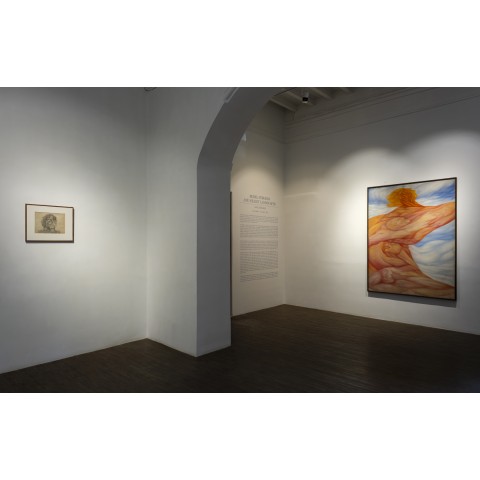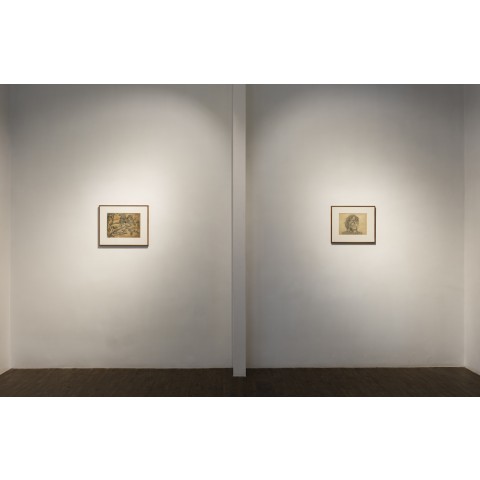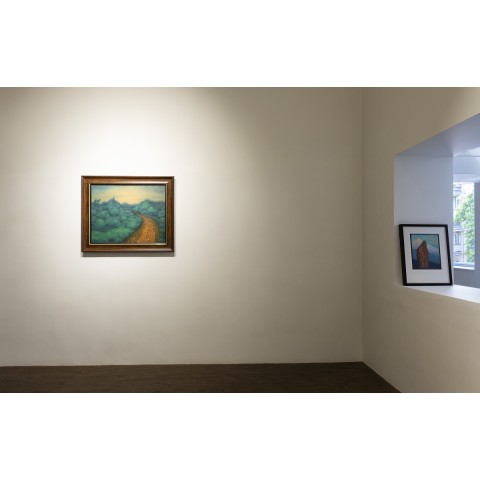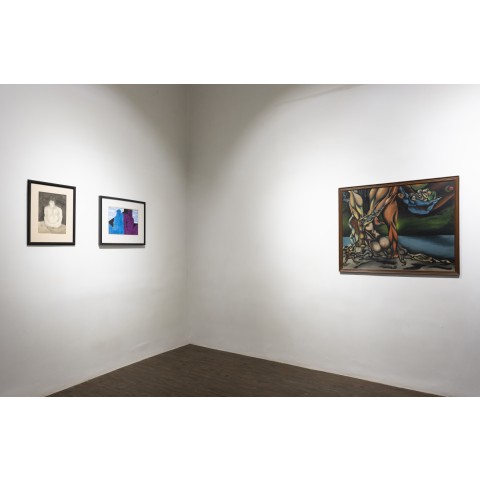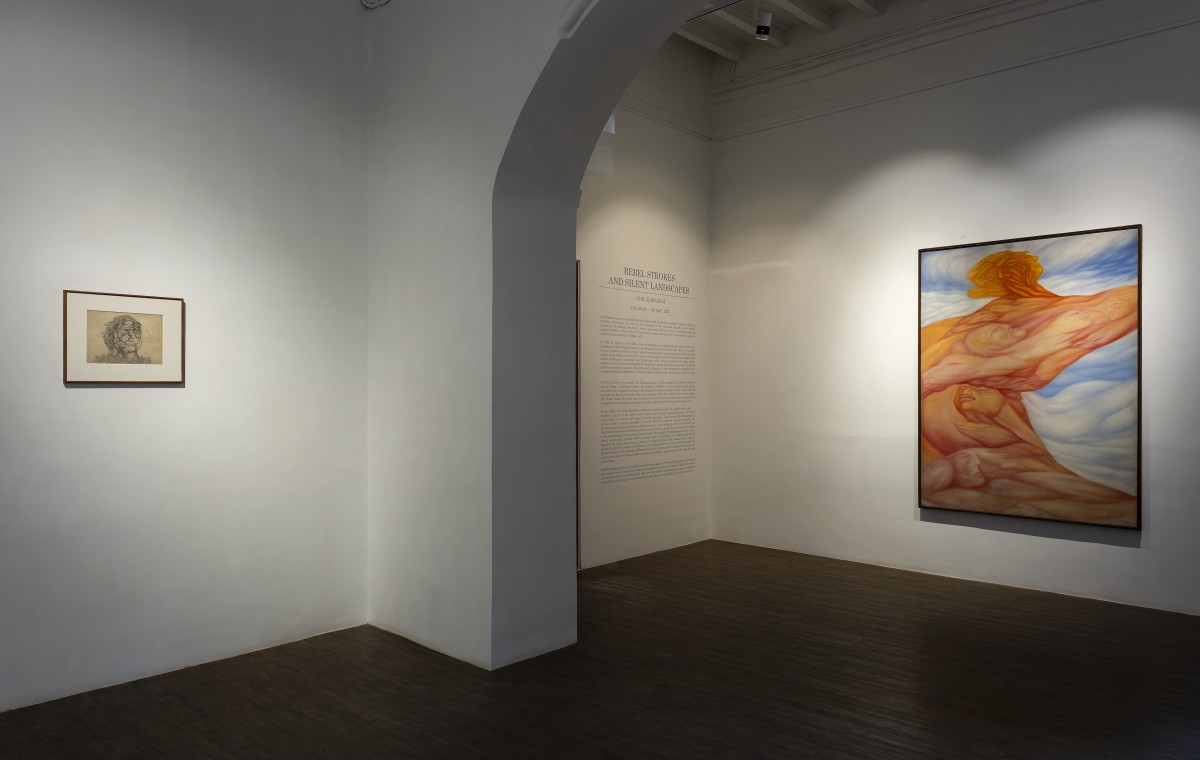
ANIL KARANJAI: REBEL STROKES AND SILENT LANDSCAPES
March 13 - April 04 , 2025
Anil Karanjai was a remarkably talented Indian artist, proficient in multiple mediums and styles, including miniatures. He was an active member of the renowned Bengali radical literary movement, the Hungry Generation, which comprised poets and writers advocating social and artistic rebellion. Anil contributed illustrations, poems, and posters to Hungryalist magazines, reinforcing the movement’s defiant spirit.
In 1969, he moved to New Delhi, where he organized and participated in several exhibitions, including the Delhi Shilpi Chakra's Little Magazine Exhibition. By the early 1970s, his technical mastery, combined with his surreal, nightmarish, and often unsettling imagery, left a profound impact on the Indian art scene. His early works featured distorted human figures emerging from bizarre landscapes—accusatory and threatening—while natural elements like rocks, clouds, animals, and trees became metaphors for the collective energy of the masses, poised for resistance against prolonged oppression. Ruins frequently appeared in his compositions, symbolizing the weight of historical subjugation. A subtle yet sharp satirical humor ran through much of his work.
In 1972, Karanjai was awarded the National Award, but the recognition did little to alter his artistic vision or ideological stance. He remained steadfast in his anti-establishment beliefs, convinced that sustained resistance was essential for societal transformation. This conviction remained the driving force behind his artistic practice. From 1974 to 1978, he lived and worked in the United States but found himself disconnected from the dominant waves of modernist art emerging there. Eventually, he returned to India, where his work took a transformative turn.
By the 1980s, his artistic expression underwent a significant shift. The jagged rocks, roots, and turbulent imagery of his earlier works softened into evocative, poetic landscapes—lush green vistas, deep blue waters, and serene, dreamlike expanses. These seemed like fragments of a distant, intense memory, shrouded in mystery. While his approach remained surrealist, the unsettling grotesqueness of his past work gave way to a more meditative portrayal of nature—one that invited the viewer to look beyond the surface. Over time, human figures became mere echoes in his compositions, their presence implied rather than explicit. His landscapes carried a quiet, lyrical romanticism, imbued with a profound sense of tranquility and enigma. Anil himself described his art as possessing an element of "magical realism." "My paintings are a dream, a dream of nature," he stated in The Nature of Art, a documentary on his work. Emotion became the dominant force in his paintings, influenced in part by his deep understanding of Indian classical music, particularly the ragas, which he interpreted visually to express moods tied to specific times and seasons.
Anil Karanjai passed away in 2001, leaving behind a legacy that defies categorization. Constantly reinventing himself, he oscillated between recognizable forms, the interplay of light and shadow, and the figurative and non-figurative. His vast body of work demonstrates exceptional expertise, originality, and profound sensitivity, securing his place as a pivotal figure in Indian modern art.
Images
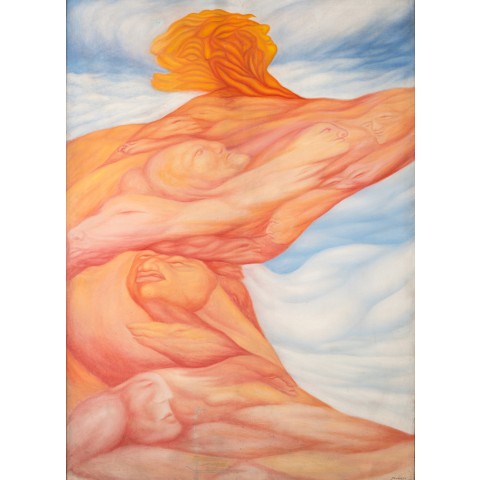
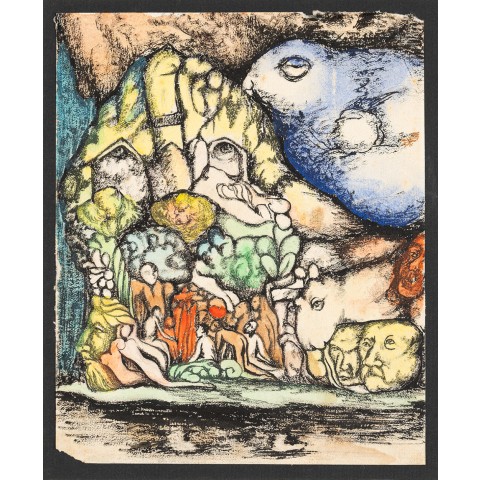
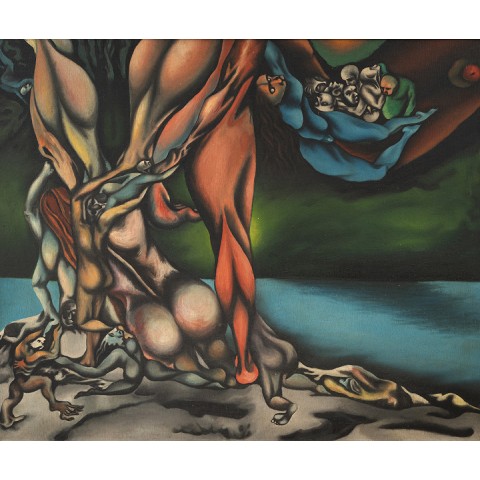
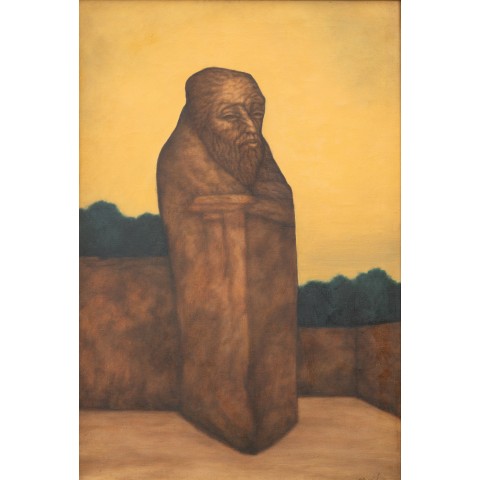
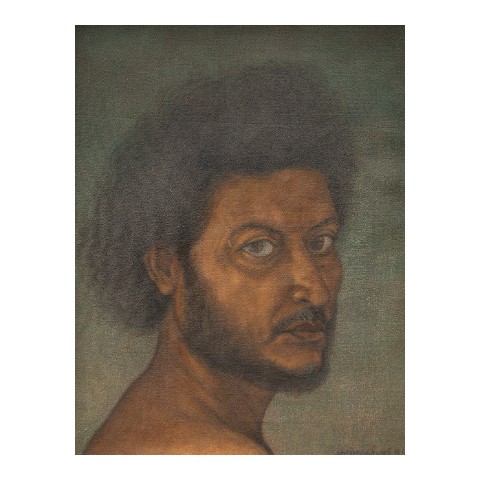
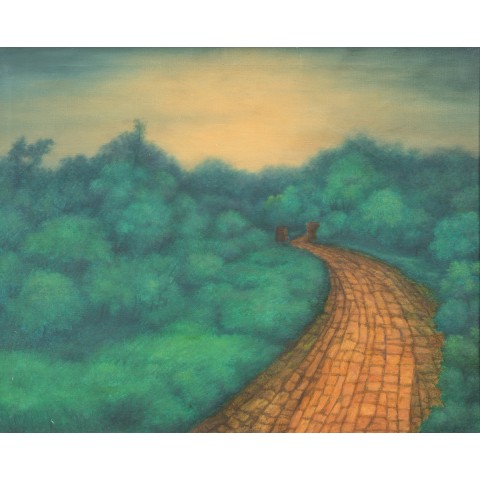
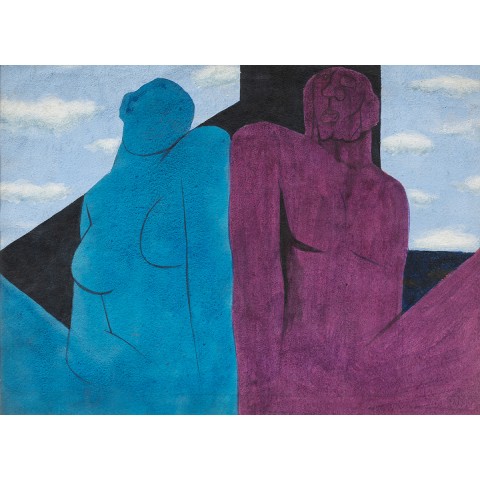
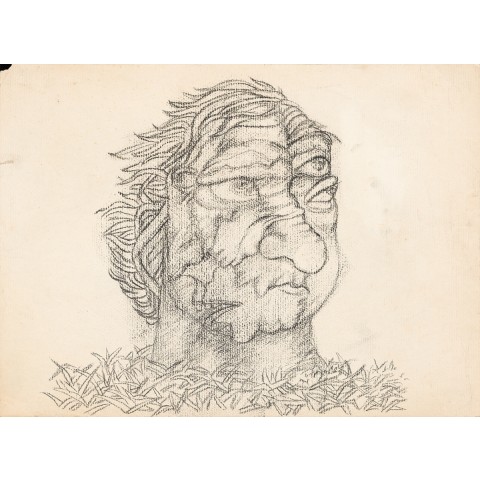
Installation
